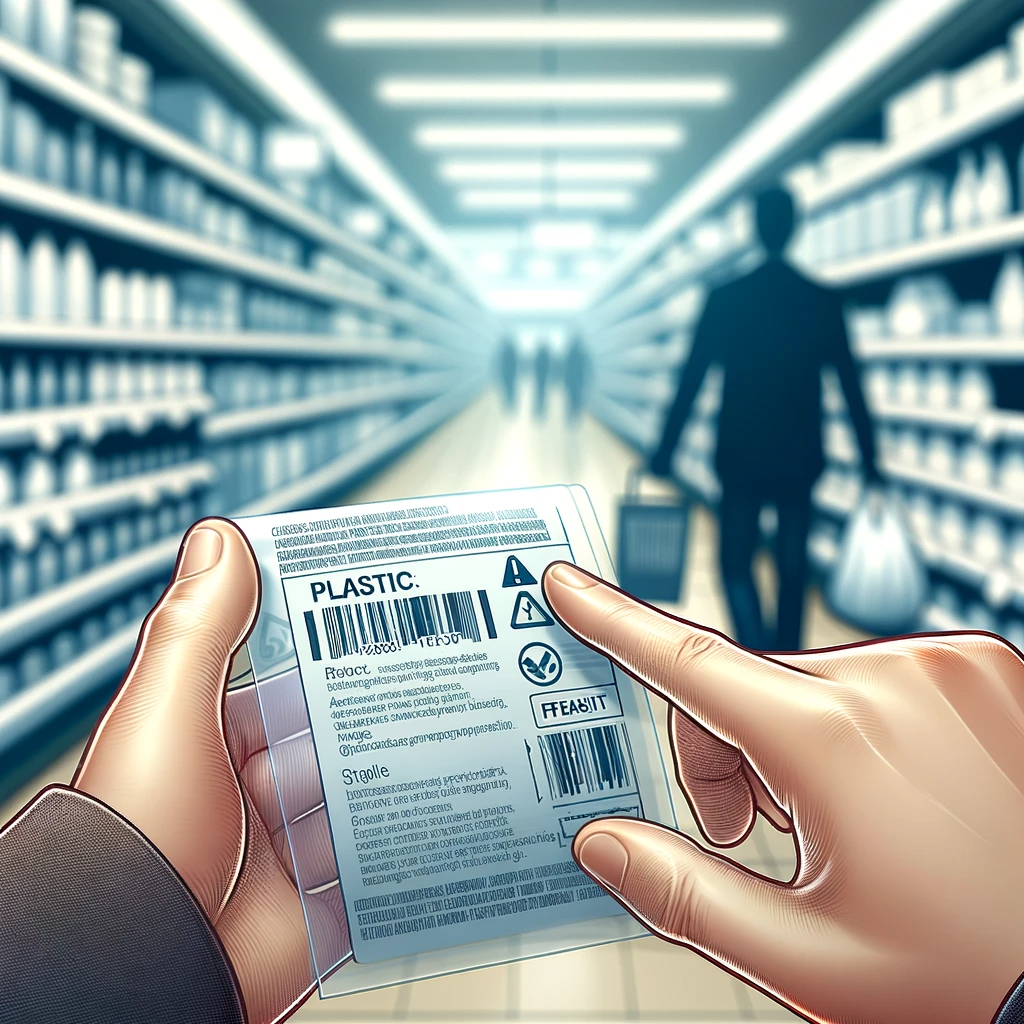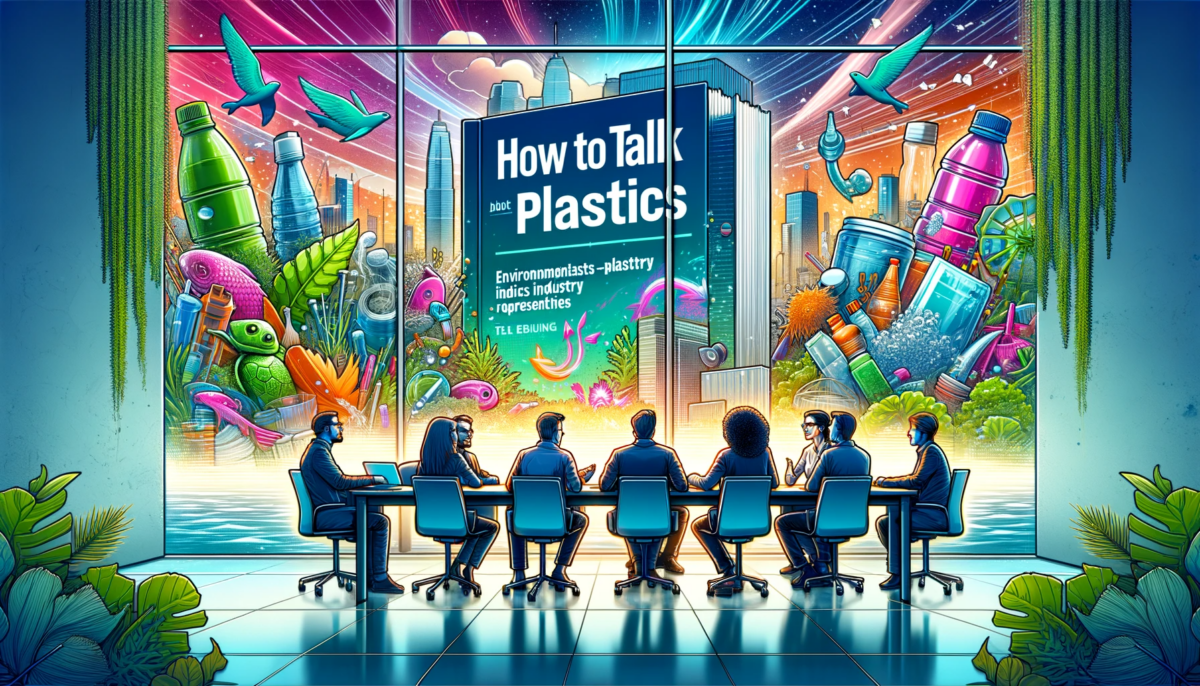How To Talk About Plastics With Consumers

In the face of growing environmental concerns, the plastics industry faces a unique challenge: How to communicate effectively about plastic use and recycling?
The “How to Talk About Plastics” guide from the University of Sheffield offers valuable insights into using language effectively to reduce plastic pollution and encourage pro-environmental behavior.
You can also read: Enforcing the Green Guides: FDA Targets Environmental Marketing Claims
Understanding the Power of Language in Plastics
The Language team of the Many Happy Returns project at the University of Sheffield undertook a comprehensive study, analyzing over 4.5 million words from everyday conversations about plastics to identify the language most effective in promoting plastic reuse. Recognizing the discrepancy between perceived and actual language use, the team combined focus group discussions with extensive online language observations from platforms like Twitter, Reddit, and Mumsnet. They systematically analyzed this vast language data set, known as a “corpus”, using computer software. This approach enabled them to gain deeper insights into public perceptions of plastic reuse, contrasting it with recycling and repurposing. Simultaneously, they surveyed industry stakeholders, ranging from manufacturers to NGOs, to understand their communication strategies. By comparing industry language with consumer language, the team identified key areas for improving public messaging. The culmination of this research is “How to Talk About Plastics”, a guide offering actionable advice for organizations to promote pro-environmental behavior and enhance plastic reuse through effective language use.

How To Talk About Plastic With Consumers?
The way language is utilized in discussing plastics can significantly shape public perception and behavior. It’s not just about what is communicated but how it’s conveyed. Brands and manufacturers need to be mindful of their narrative around plastics, ensuring it aligns with environmental responsibility and sustainability. Here are the Key points from “How to Talk About Plastics”.
1. Avoiding Greenwashing
One critical aspect is avoiding greenwashing – making false or misleading statements about a product’s environmental credentials. This can be legally challenged and is likely to face stricter regulations shortly. Transparency and honesty in communication are vital. Narratives should reflect genuine environmental concerns and the practical steps taken to address them.
2. Communicating Values and Ethics
Customers appreciate honesty and transparency. Sharing concerns for the environment and detailing the steps taken to promote plastic reuse and reduce pollution can resonate well with the audience. Acknowledging the limitations and challenges openly can enhance credibility.
3. The Challenge of Labels
Considering that customers spend limited time reading labels, it’s essential to convey messages clearly and concisely. Other modes of communication, like social media and advertising campaigns, can effectively communicate more complex messages about plastics.
4. Simplicity in Messaging
Whether through packaging, advertising, or digital platforms, messages about plastics should be clear, direct, and easy to understand. Overloading customers with too many environmental messages can lead to frustration and disengagement.
5. The Role of Storytelling
Stories shape how we understand the world and can be a powerful tool in communication. The language used should tell a compelling story about plastics, focusing on positive environmental impact and customer empowerment.
6. Giving Customers Agency
Positioning customers as the heroes in the story of plastic reuse can be effective. Clear communication about how their actions contribute to reducing plastic waste is key. This approach not only informs but also empowers the audience.
7. Balancing Positive and Negative Framing
Using a mix of positively and negatively framed language can target different levels of reasoning and decision-making. Positive language can inspire and communicate broader environmental goals, while negative language can influence immediate actions, such as not discarding plastic irresponsibly.
Effective communication in the plastics industry is not just about the message but also about the method of delivery. By adopting a balanced, clear, and honest approach, brands can foster a more positive view of plastics reuse, contributing to a sustainable future. The “How to Talk About Plastics” guide offers a comprehensive framework for achieving this goal, crucial for brand owners and industry professionals in navigating the current environmental landscape.
